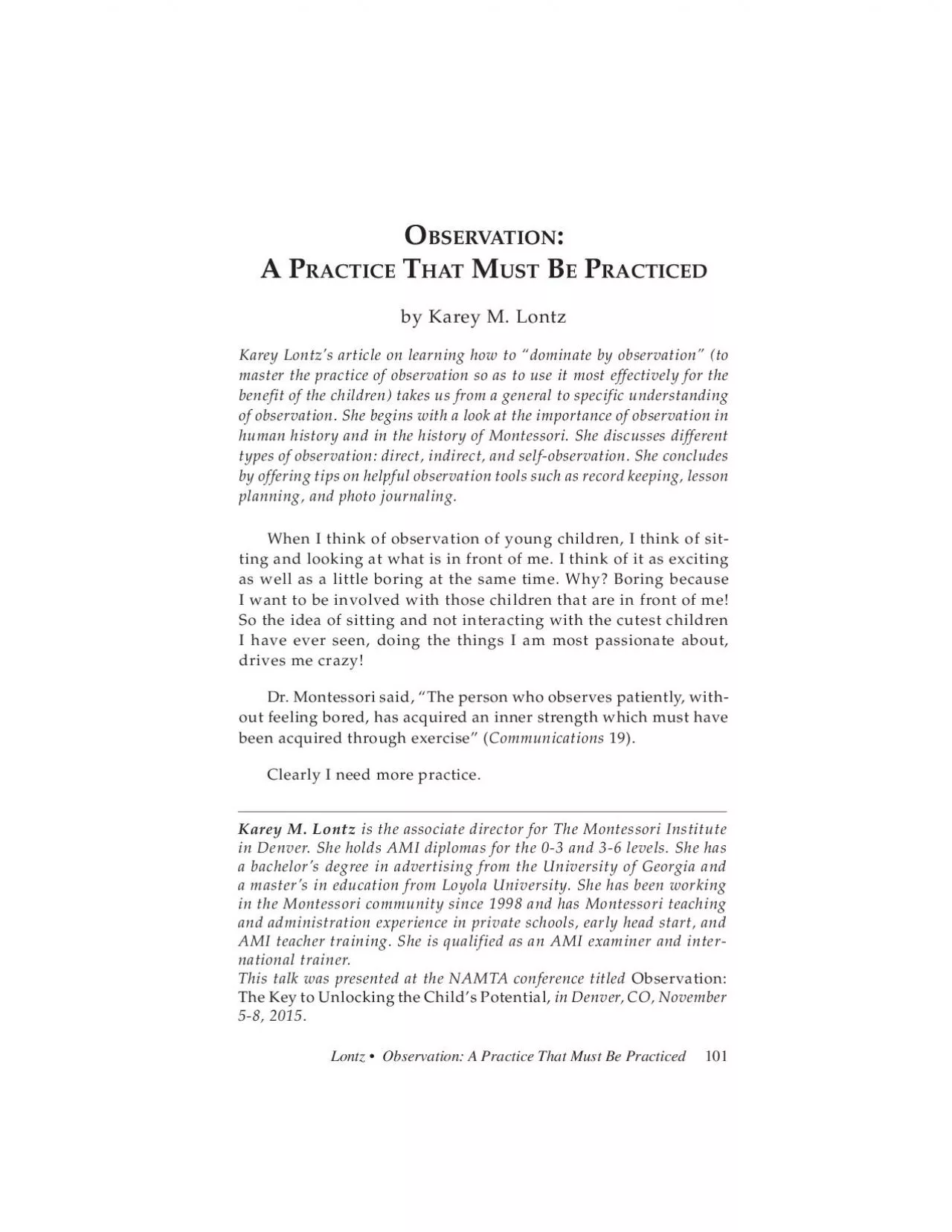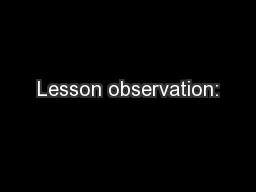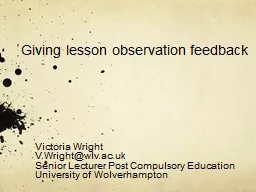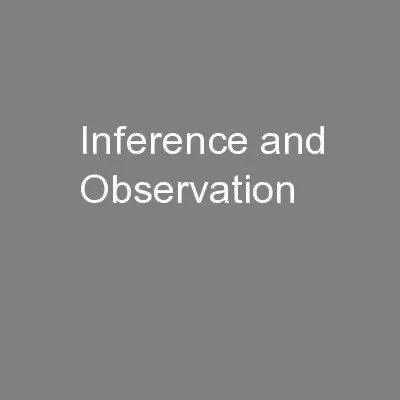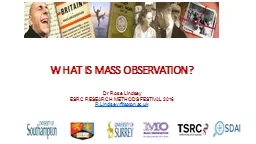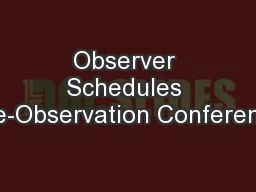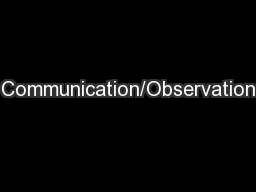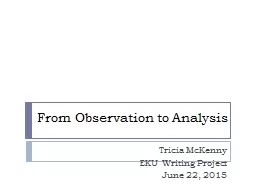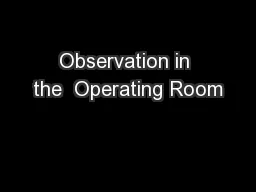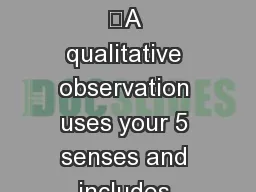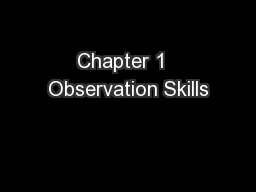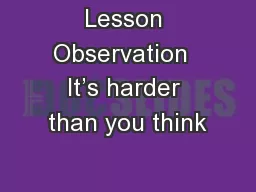PDF-Lontz Observation A Practice That Must Be PracticedBSERVATIONHATby K
Author : white | Published Date : 2021-09-23
Karey M Lontz is the associate director for The Montessori Institute in Denver She holds AMI diplomas for the 03 and 36 levels She has a bachelors degree in advertising
Presentation Embed Code
Download Presentation
Download Presentation The PPT/PDF document "Lontz Observation A Practice That Must..." is the property of its rightful owner. Permission is granted to download and print the materials on this website for personal, non-commercial use only, and to display it on your personal computer provided you do not modify the materials and that you retain all copyright notices contained in the materials. By downloading content from our website, you accept the terms of this agreement.
Lontz Observation A Practice That Must Be PracticedBSERVATIONHATby K: Transcript
Download Rules Of Document
"Lontz Observation A Practice That Must Be PracticedBSERVATIONHATby K"The content belongs to its owner. You may download and print it for personal use, without modification, and keep all copyright notices. By downloading, you agree to these terms.
Related Documents

